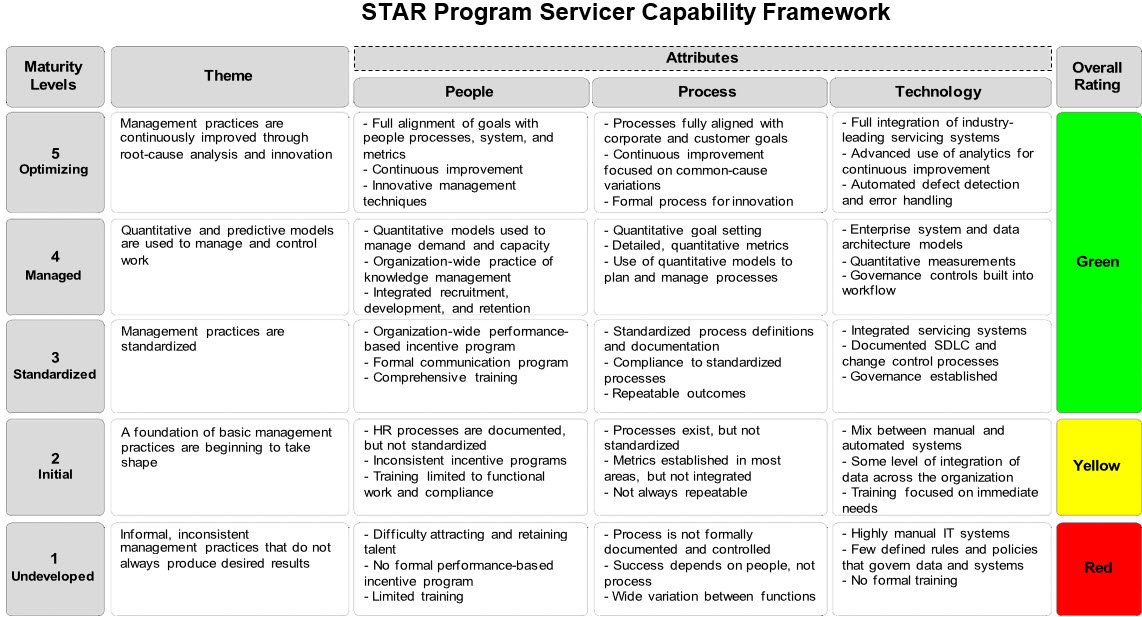My web
Operational Assessment Process
![]()
The Operational Assessment evaluates the servicer's capabilities to deliver expected results. Key measures and formal evaluations are used to assess the servicer's capabilities and competencies. Major steps in the assessment process are shown below.
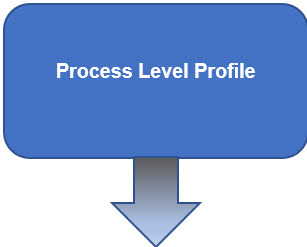 |
Servicers engage with their Business Account Solutions Teams to evaluate their capabilities, identify any known issues, and provide status on any current or planned actions.
|
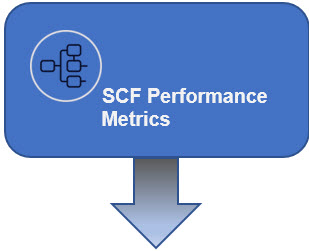 |
SCF Performance Metrics are mapped to Process Areas and categorized as Primary or Supplemental based on their impact to overall Process Area performance. |
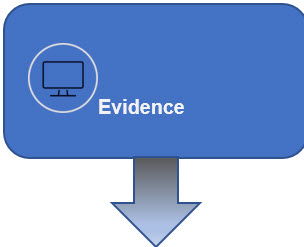 |
Required documentation, supporting artifacts, servicer interviews, system demonstrations and loan samples ensure a comprehensive evaluation, based on standardized evidence. |
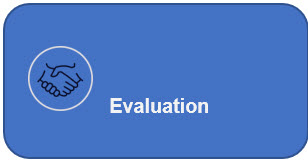 |
The STAR Program team will form an independent evaluation of each Critical Success Factor and Process Area using SCF Performance Metrics and evidence, noted above. The evaluation will be completed based on the Servicer Capability Framework. |
Process Level Profile
A process-level profile allows for each servicer to provide information on the servicer's business environment and provide a baseline understanding of the company's operations.
The STAR Program views the business architecture and the servicer’s capabilities in context of the environment in which the servicer operates. A thorough understanding of the servicer’s operating environment will provide context for the operational assessment. The Process Level profile assists with appropriate analysis of the Required Data and Evidence, and ultimately the most accurate Evaluations.
The following elements of the Process Level Profile are required for each Process Area:
- Organizational structure and scale of operations.
- Organizational staffing overview, including capacity, recruitment, training, alignment, and retention.
- Technology and application environment.
Evaluation
Fannie Mae will communicate a rating for each Business Process Area based on the evaluation of Critical Success Factors (CSF) and SCF Performance Metrics.
Servicer ratings are determined based on performance in the SCF metrics, if applicable, and a qualitative review of people, processes, and technology. Assessment against the SCF, is described more fully in the next section.
SCF Performance Metrics:
- Servicers should demonstrate consistent performance for primary SCF performance metrics based on set thresholds or compared to other Fannie Mae servicers.
- Consistent performance is determined by assessing month-over-month performance for a set timeframe.
Sufficiency of supporting evidence, which may include:
- Direct evidence – This type of evidence includes direct outputs or deliverables of processes or sub-processes under assessment. Examples include completed checklists, quality control reports, and a system of record notations.
- Indirect evidence – Indirect evidence includes the artifacts used to support the execution of processes and sub-processes. Examples include process descriptions, training materials, presentations, and templates.
- Affirmation evidence – This type of supporting evidence is often helpful when the first two types of evidence are insufficient to rate the servicer’s process or sub-process. Examples include servicer interviews and system demonstrations.
Servicers are given an opportunity to respond to the evaluation and provide follow-up evidence. Fannie Mae, at its discretion, may consider the new evidence and update its assessment accordingly.
Servicer Capability Framework
A SCF is a reference framework that characterizes specific levels of process maturity. It is an effective way of benchmarking and improving performance and has been widely adopted across software development, project management, human resources, and service industries. For each Process Area, Fannie Mae will communicate a Servicer Capability Framework performance level rating.
The SCF used in the STAR Program seeks to provide a common framework for identifying and prioritizing key improvements that will influence desired outcomes.
The SCF will be applied consistently across all servicers to ensure fairness.
- Each level represents well-defined stages of specific capabilities in reference to targeted Process Areas.
- Each maturity level builds upon the previous level and serves as a foundation for eventually achieving a continuous improvement paradigm.
Servicer Capability Framework
